Don’t miss our optimization tips
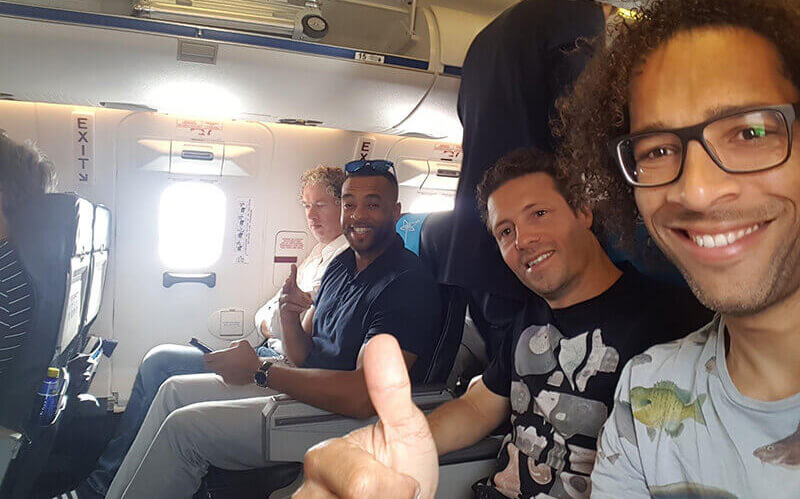
On the 15th of June, we traveled to the beautiful Tallinn, Estonia for the 9th edition of “Digital Elite Camp”.
Where the top people in the Conversion Rate Optimization industry gather to exchange ideas, discuss topics and gain new insights. Below we will give you a recap of some of those insights we gathered, We’ll focus on those that we find will be most beneficial to you, the Business Owner, Product Owner or the interested reader.
But first a compliment to Peep Laja and Priit Kallas and their team for organizing an amazing event…Again. An event full of the top speakers in the industry and a great group of people coming together and exchange their knowledge about Conversion Rate Optimization and traffic generation. 2 days fully packed with networking opportunities, fun, food, and interesting facts.
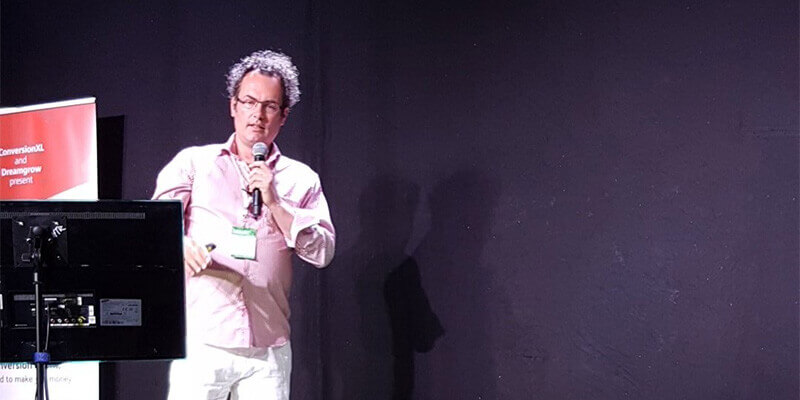
Ton Wesseling, Founder of Online Dialogue
The entire event was hosted by Ton Wesseling. A Dutch CRO Specialist and a well-respected thought leader in the industry, one of our personal friends who apparently also occasionally substitutes as host. So Ton comes up on stage and explains how this event will go about the coming two days.
After that, he introduces Peep Laja, Founder and partner of ConversionXL, also the organizer of this event, Digital Elite Camp. Peep is a great guy, he really knows his stuff. Has to be, he started this whole movement. Important note: It’s pronounced “Pep”, kinda like Pepsi Cola or like a Pep Talk. Do not get this wrong, because he will haunt you in your dreams…
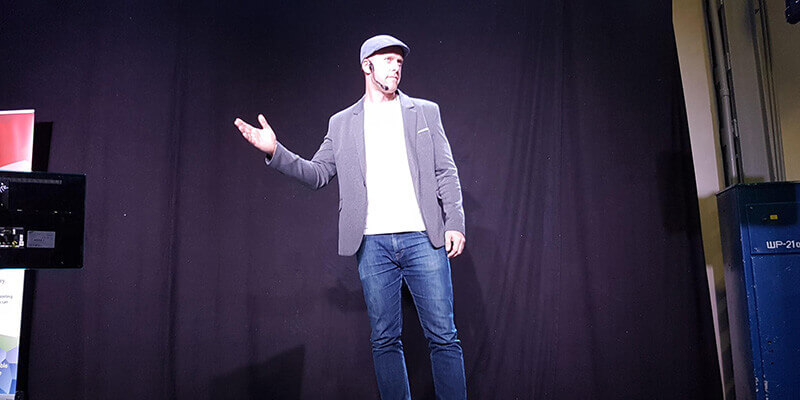
Peep Laja, Principal @ CXL
So Peep walks up on stage and starts talking about people who are incompetent and don’t even realize that they are incompetent. Ha, nice move Peep, as he is now working the intuitive brain, so that everybody in the audience is listening and maybe even thinking: “Hmm, am I incompetent as well?”. He was talking about the Dunning-Kruger effect. In a way, everybody is biased and that is why A/B Testing serves as a reality check. It can certainly happen with A/B Testing that people see a test fail that they would swear would win. That is why we don’t rely on opinions and best practices but on quality research and real data.
People should keep in mind that websites differ all the time. choosing what things to A/B test depends on everything: type of product, the audience, etc. So research is key and you need to track everything.
Peep continued: “Without research there is nothing! It’s important to know your statistics…. We all make mistakes and have had our ideas or beliefs debunked. He wrapped up his speech by saying: “What we believe to be true now might be completely false in the future…Be aware of this and be open to learning and changing”
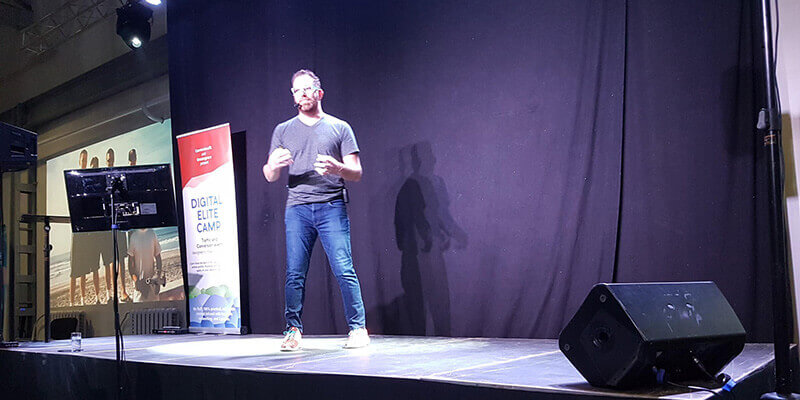
Morgan Brown, Growth Driven Chief Operating Officer
The first speaker was Morgan Brown, the man who literally wrote the book on Hacking Growth together with the legendary Sean Ellis. Want to know more? Visit growhthackers.com
The analogy he used in his speech to explain how growth hacking started for him, was spot on. How a group of young students needed to figure out how to throw a successful party because they wanted to meet their future wives. When they started organizing the perfect party it didn’t go well, because they were looking for the silver bullet that would fix everything. By learning from each mistake and keep iterating they eventually got the party they wanted. Analyze, Ideate, Prioritize and Test. This is the growth way of thinking, not only on the work floor but as he explained you can use this method for almost anything
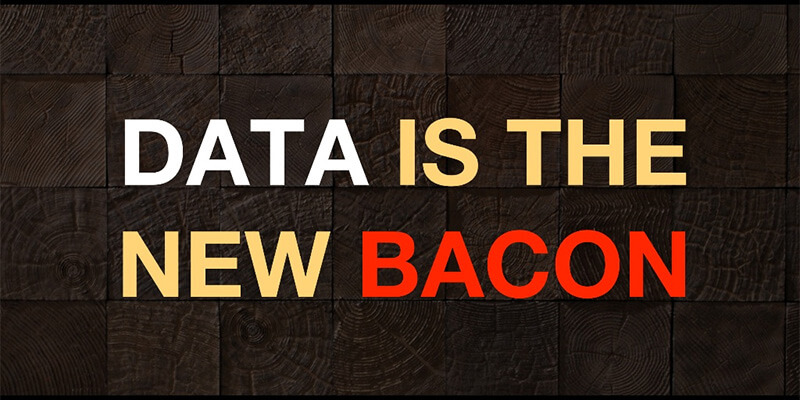
Fall in love with your Data. Try to track full funnels and if something is broken, then fix your data! Data is often fragmented, so fixing it can’t be emphasized enough.
Another key takeaway was that you need different types of teams in your organization and they all need to be responsible for acquisition, activation, and retention (customer lifecycle). Most traditional organizations have various teams separated from each other(Silos). The growth-minded organizations have cross-functional teams build around the customer lifecycle and have a good North Star. They focus on the One Metric That Matters and this metric should not be based on price or revenue, but by the added value
A useful resource from his presentation is the Growth meeting template: bit.ly/growthmtg
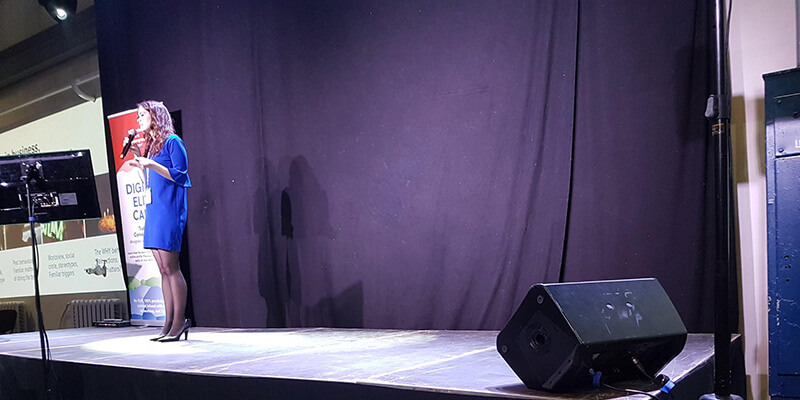
Daria Nepriakhina, Lean UX @ IdeaHackers.nl
What will it mean to you if you have a product, you’ve invested thousands of dollars in having the product manufactured and at the end nobody wants it. This happens more often than people might want to admit. Daria created a model in which you will have a better understanding on how to solve this issue, by first identifying who your customer is.
Daria really makes her point that not knowing your audience and only work based on assumptions equals being 99% wrong. So the chance of getting it right is slim to none. So get to know your audience is crucial for your business.
She mentions you should think in the scenarios (situations) your customers find themselves in. By understanding your customer better you are able to present your product or solution in a better way with the right message at the right time to the right person.… She uses the model called Problem-Solution Fit Canvas to achieve this understanding.
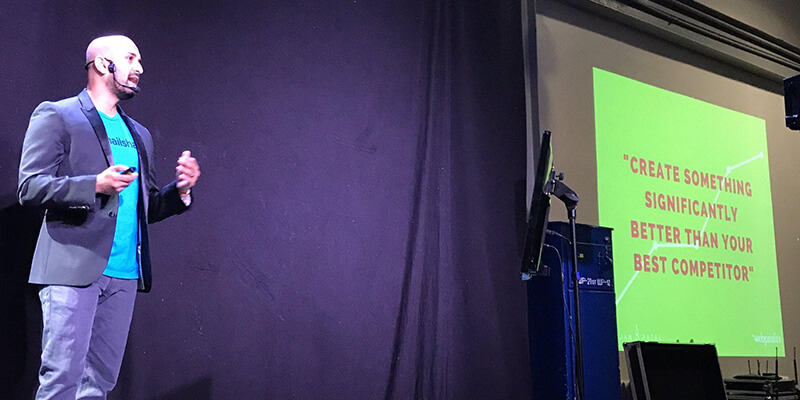
Sujan Patel, Growth & Content Marketer @ Web Profits
The third speaker was Sujan Patel. Sujan is a genius in using content as a growth engine. Creating content for the sake of creating content means you’ll just do what everybody else does. Why would people read your stuff instead of the competitors? To get people engaged, or stuck in your content you need to write real stuff.
When creating content you should really think about your audience. Not only when creating content, as Daria mentioned in her presentation, but in every facet of your marketing, you truly need to know your customer.
Sujan made his point very clear, stop creating mediocre content and start creating epic content. Create epic content means creating something significantly better than your best competitor and add lot’s of value to your customer(Think quality over quantity). Keep in mind that you don’t always need to be the author, you can easily just be the source. There are much more ways to leverage content. But we know what you are thinking, it’s not that simple. But like Morgan Brown said: Analyze, Ideate, Prioritize and test or in other words Build, Measure and Learn (BML) and you will find what works best for you.
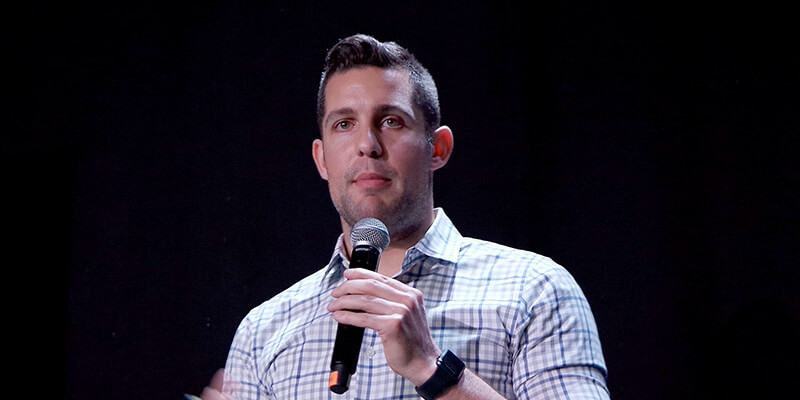
Bob Ruffolo, CEO of IMPACT
Bob Ruffolo explained how the ResearchXL Model – created by ConversionXL, this is a framework similar to the one we at NightMonkey use, resulted in three times higher conversion from their use of Content Marketing.
He first explained the inbound marketing methodology, basically how the process works within his company. He went into how they started and what got them to the level they are today. Our key takeaway from Bob was that optimizing your workflow is the key attribute to success. Adding the Scrum and Agile methodology will improve productivity. This keeps your team focused. Work more as a team and less individuality. Unblock all the blocks and move forward.
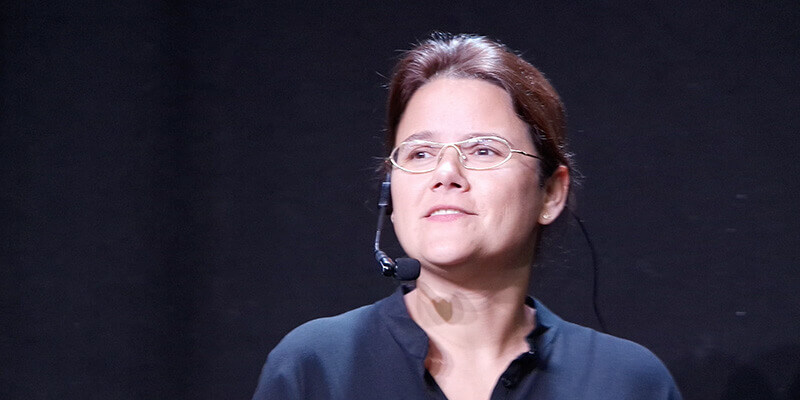
Els Aerts, Managing Partner @ AGConsult
Els is an amazing woman. She works at AGConsult and is fully specialized in user research. Even before all the cool tools we now have to our disposal were invented, like Hotjar or usertesting.com
We know Els personally from earlier CRO conferences and events, like the Conversion Hotel organized by Ton Wesseling and his team in Texel, The Netherlands. This is by the way also a great conference and we will certainly create a blog post on it in the future. Her presentation made it clear how important user research really is. Without it, you are just working blind. Trying to hit a target blindfolded, basically. It’s crazy that so many marketers are thinking from the company’s point of view and not the customer’s. They are trying to figure out what the problem is and trying to solve that instead of asking the customer what the problem actually is for them.
An important note is: Don’t always listen to what users “say”, but rather observe what they actually do. Because what they say and what you see them doing is not always the same. For example, you ask them if the product was easy to find? They say “Yes”, but you see them using the search bar multiple times. Observation will give you the truth. Often, the people that built the sites don’t actually believe that anything could be broken. So having the client (owner/developers/designers) present to view user research sessions helps tremendously for them to understand how people interact with the site.
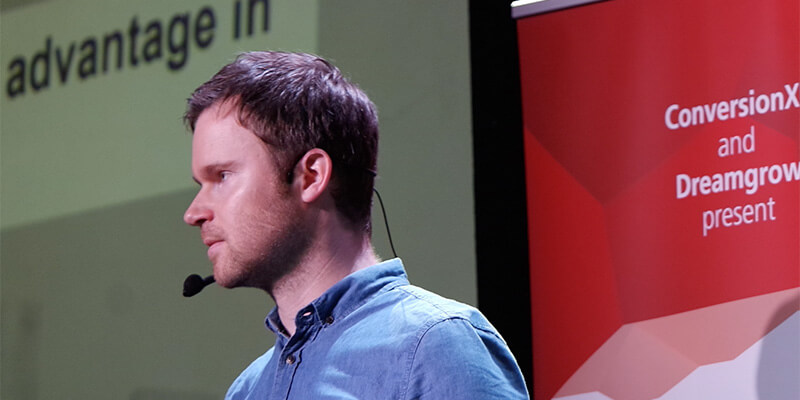
Christoph Lütke Schelhowe, VP Product Analytics @ Zalando SE
Christoph Luetke Schelhowe explained that companies need to solve the problems people are actually having. In the case of Zalando, it was how to make it easier for people to return their shoes. Initially, they wanted to reduce the return costs by making it harder for people to return shoes. However, by experimenting – A/B testing – they found out that the test which made it easier for customers to return their shoes showed that those people also bought more products. So that is how they went into making it even easier to return the shoes.
The key insight that Christoph made was that people, especially business owners and optimizers need to be data-minded. Only move forward by using data instead of assumptions. The data confirmed that by solving one real problem the LTV was higher.
Also that It’s not bad to fail. Rather fail fast so you can learn from them and move forward. A true Data and experimentation culture helps our team build better products and move faster Speed ultimately becomes a competitive advantage in today’s fast changing world. We are often told that every step in a good direction is progress. Even if you fall flat on your face you’re still moving forward.
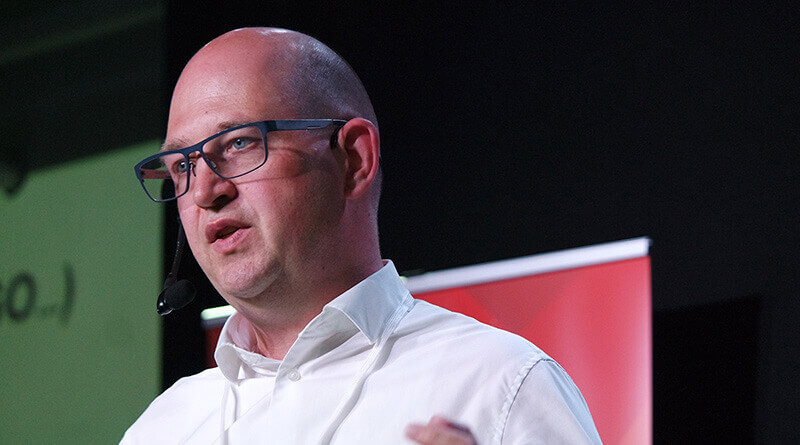
Kristoffer Ewald, CIO @ NetBooster Group
Kristoffer Ewald’s presentation on “Modern Measurement Strategies” informed us on the plethora of data Google has collected for us already. However, in the current configuration of Google Analytics, we are only seeing the aggregated data and the raw data is being disposed of. With the raw data, we can do so much more and get a much better understanding of what people do on the site. The overall message was that you should start collecting your own raw data.
He also mentioned that Cookies will soon be obsolete and will be replaced by device graphs. Basically forming a data cluster and identification based on all the different devices we use. Another resource he created is this cool video he shows the speech search feature and its future use. https://goo.gl/ZN22vC
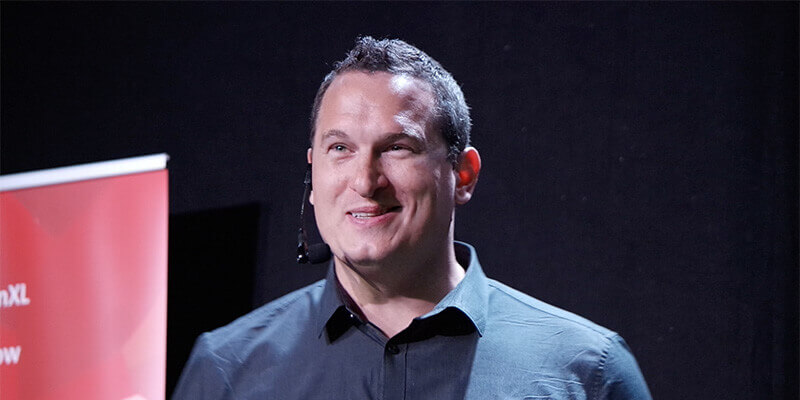
Jeff Sauer, Professor & Google Analytics Consultant @ Jeffalytics
Jeff Sauer was the last speaker on Day One of the Digital Elite Camp 2017. Something really amazing about him is that he travels with his wife as digital nomads all over the world, giving presentations like the one we received and running his business. Not staying longer than three months in one place in the world. Jeff really knows his stuff in Google Analytics.
His presentation: Attribution is Bullshit was really interesting and got a lot of people thinking. Where do you attribute a conversion, sale or signup to? Choosing the right (or wrong) model can have a dramatic effect. Do you attribute it to the last touchpoint or to the first or somewhere in between? Did someone buy the product due to the first recommendation or due to the last sales call? His advice: Compare all models and see what stands out. Comparing first and last, shows the biggest difference most of the times. See which model fits best to inform your decisions better.
So that where the speakers of day one. It was a whole lot of information to take in. We hope we were able to give you a feel of the event and the information we received. We have a lot more notes from this day, but we recommend you to go to the event yourself and experience it firsthand.
If you want to read about day 2 Click here. The topics are amongst others: Ferrari beats most websites, The ROI of data, Customer Relevancy, Stop calling Optimization a “Project” the McDonalds Pizza and more.
